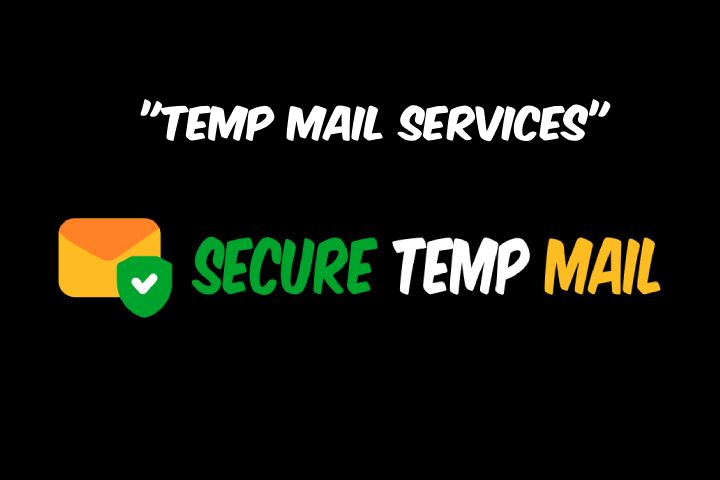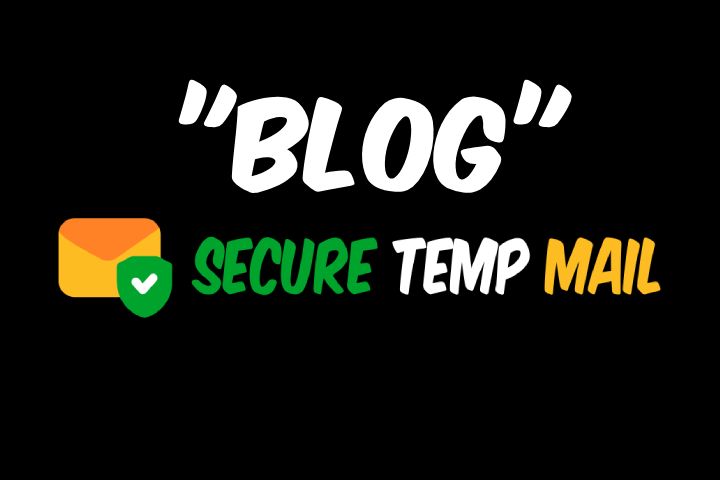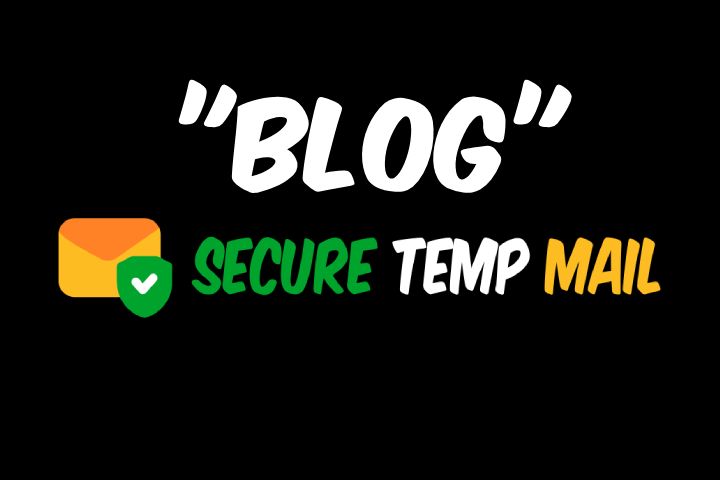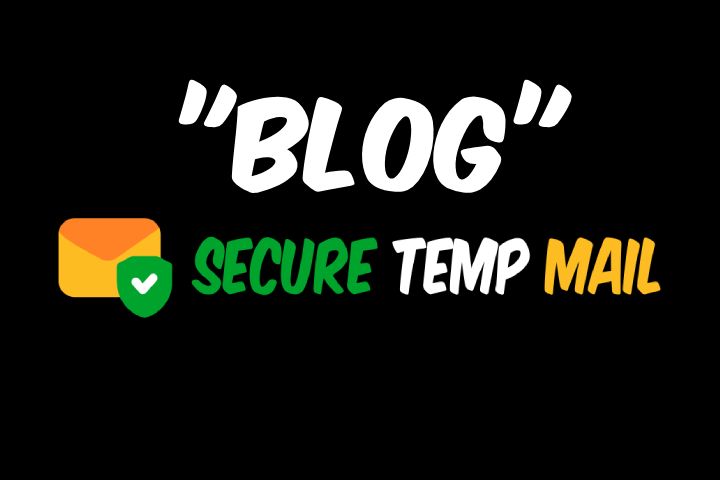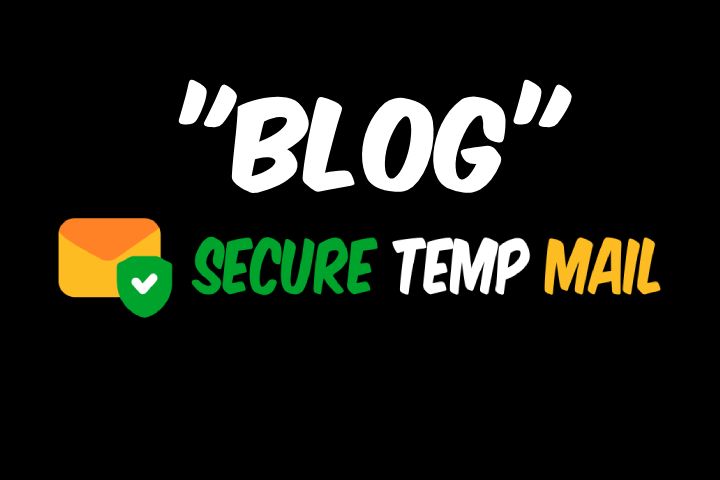Protect Your Privacy With Anonymous File Transfer Via Disposable Email
In today's digital age, our personal information is more vulnerable than ever. With every click and upload, we leave behind a trail of data that can be exploited by prying eyes. Protecting your privacy has become not just important but essential. As cyber threats lurk around every corner, finding safe ways to share files without compromising your information is crucial.
One innovative solution gaining traction is the use of disposable emails for file transfers. Imagine being able to send documents without revealing your identity or risking unwanted spam in your inbox. It sounds like a dream, right? Well, it doesn’t have to be! Let’s dive into how you can protect your privacy through secure and anonymous file transfers using temporary email services.
The Importance of Online Privacy
Online privacy has become a hot topic in our interconnected world. With every click, we generate data that can be harvested by companies and hackers alike. This information often ends up in the hands of those who might misuse it.
The risk goes beyond just targeted ads or annoying spam. Identity theft, financial fraud, and unwanted surveillance are very real threats today. When your personal details fall into the wrong hands, it can lead to severe consequences.
Moreover, maintaining online privacy fosters trust. Users are more likely to engage with platforms that prioritize their security and confidentiality. In an era where even casual conversations can be monitored, understanding the value of your digital footprint is paramount.
Taking steps to safeguard your online presence isn’t merely a choice; it's becoming a necessity for anyone navigating today’s virtual landscape.
What is Disposable Email?
Disposable email refers to temporary, throwaway email accounts that users can create for short-term use. These addresses are often generated by online services and provide a quick way to receive emails without exposing your primary inbox.
When you sign up for a service or download content, you might be asked for an email address. Instead of using your personal one, disposable emails allow you to maintain anonymity.
Once you've received the necessary information—like verification codes or downloads—you can discard the temporary account. This helps keep spam at bay and protects personal data from potential exposure.
Services offering disposable emails usually don’t require any personal details during registration. You simply generate an address and start using it right away. It’s a practical solution in today’s digital world where privacy is increasingly valued.
Benefits of Using Disposable Email for File Transfer
Using disposable email for file transfer offers significant advantages. First, it enhances your privacy. When sharing files, your personal email remains hidden from recipients. This minimizes the risk of unsolicited messages and spam.
Another benefit is the convenience factor. Disposable emails are quick to set up and do not require any long-term commitment. You can generate a temporary address in seconds, making it ideal for one-time file transfers without hassle.
Security also improves with disposable emails. By using temp mail services, you reduce the chance of sensitive information falling into unwanted hands. Once you're done with the exchange, simply discard the temporary inbox.
This method helps maintain anonymity online. Whether you’re sending documents or media files, disposable email ensures that your identity stays protected throughout the process.
How to Use Disposable Email for Secure File Sharing
Using disposable email for secure file sharing is straightforward and efficient. First, choose a reliable temporary email service. Many options are available online that allow you to create an address in seconds.
Once you have your temp mail set up, upload the files you want to share on your preferred cloud storage platform. After uploading, copy the shareable link to those files.
Next, paste this link into an email addressed to your newly created disposable email account. You can also send it directly to the recipient’s regular email if they prefer that option.
Make sure to delete any unnecessary information from both ends after sending the email. This ensures no trace remains of your communication or shared files.
Remember that some services offer self-destructing emails or links which add another layer of security for sensitive documents.
Alternatives to Disposable Email
While disposable email services offer a quick way to share files anonymously, several alternatives can enhance your privacy.
Virtual private networks (VPNs) encrypt your internet connection, providing an extra layer of security for online activities and file transfers. Using a VPN helps mask your IP address and location, keeping prying eyes at bay.
Encrypted messaging apps are another option. Platforms like Signal or Telegram allow you to send files securely by using end-to-end encryption. This approach ensures that only the intended recipient can access shared content.
Cloud storage solutions with advanced privacy features also serve as viable alternatives. Services like Tresorit or Sync.com prioritize data protection through encryption both in transit and at rest.
Consider using password-protected ZIP files if you prefer traditional methods. Compressing sensitive documents this way adds an additional step before sharing them via regular email services.
Tips for Ensuring Maximum Privacy with File Transfer
When transferring files, always use end-to-end encryption. This ensures that only the sender and receiver can access the content.
Choose a reliable disposable email service with a good reputation. Look for features like self-destructing emails and temporary inboxes to enhance your privacy.
Avoid sharing sensitive information in file names or messages. Opt for generic titles instead.
Regularly delete any temporary emails after sending or receiving files. This minimizes the chances of unauthorized access later on.
Be cautious about phishing attempts. Always verify links before clicking, even if they come from trusted sources.
Consider using password protection for sensitive documents before sharing them through disposable email services. It adds an extra layer of security to your files during transfer.
Stay informed about the latest cybersecurity threats to adapt your practices accordingly and maintain maximum privacy while you share files online.
Conclusion
Protecting your privacy in the digital age is crucial. As we share more information online, understanding how to safeguard it becomes essential.
Using disposable email for file transfer offers a simple yet effective solution. It helps keep your identity hidden while enabling seamless sharing of files.
With various options available, it's easier than ever to choose a method that suits your needs. These tools allow you to maintain control over what you send and who receives it.
Taking proactive steps ensures that sensitive information remains secure. Embracing practices like these can empower you in an increasingly connected world.
FAQs
What is the purpose of disposable email?
Disposable email services provide temporary email addresses that can be used for short-term purposes. This helps users protect their privacy by avoiding spam and reducing the risk of personal data exposure.
How does file transfer via disposable email work?
When you send a file using a disposable email, you create an anonymous account that allows you to upload files and share links without revealing your identity. The recipient can access these files with ease, all while keeping your information secure.
Is it safe to use temp mail for sensitive documents?
While temp mail offers privacy benefits, it’s essential to assess the sensitivity of your documents first. For extremely confidential files, consider additional encryption methods or secure cloud storage options.
Can I retrieve my disposable emails later on?
Typically, disposable emails are designed for temporary use only. Once they expire or if you close the session, retrieving those emails becomes impossible—this adds another layer of anonymity but limits future access.
Are there any downsides to using disposable emails?
One downside is potential accessibility issues; if someone needs to resend important information after expiry, this could lead to complications. Additionally, some platforms may block transactions from known disposable email domains due to abuse concerns.
Where can I find reliable disposable email services?
There are numerous providers available online offering various features. Look for reviews and comparisons between services such as 10MinuteMail or Mailinator before making a choice tailored for your needs.
